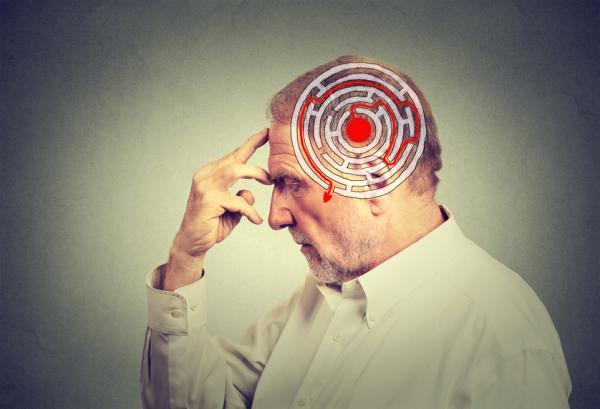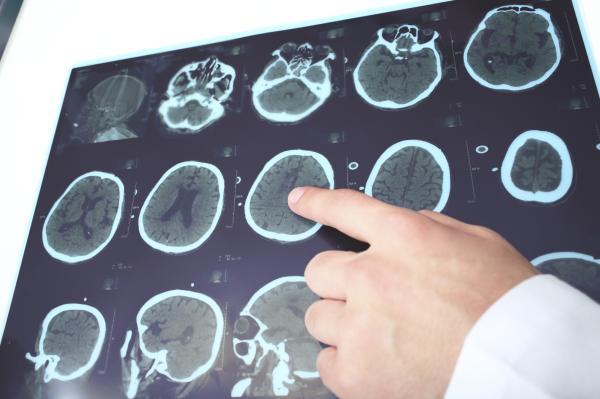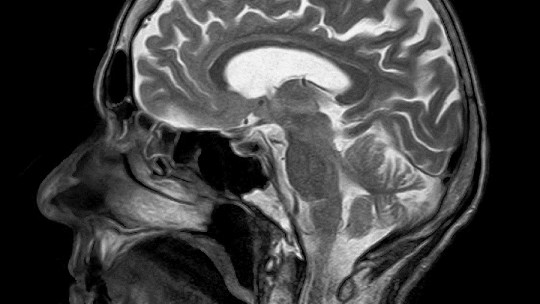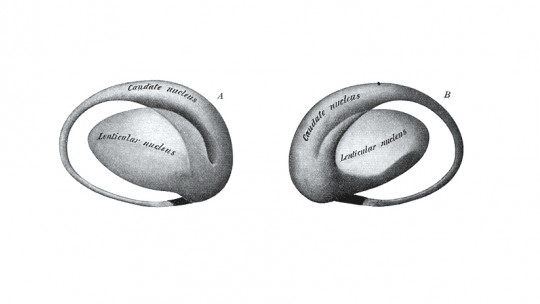Suddenly, something in the world has changed. Memories begin to be diffuse, you do not know with precision certain important dates, it is difficult to pay attention to certain situations and it is difficult for you to find the words to express an idea. It is understandable that this can happen to us in the course of daily life if we find ourselves going through a situation that generates stress and/or anxiety.
Why is this happening to me? Why does it happen to me now? You’ve probably asked yourself these types of questions if you feel like any of this is happening to you. These difficulties can scare us, since we do not know the reasons that cause them, but knowing more precisely and in detail about these types of problems can be useful to address complex situations. In this PsychologyFor article, we will provide you with information about the Neurocognitive disorders: what they are, types, causes and treatment
What are neurocognitive disorders?
Neurocognitive disorders correspond to conditions which are located in various areas of the brain responsible for mental functions such as memory, language, attention, learning or thinking, among others. Generally, neurocognitive disorders can occur in older adults, although the truth is that these difficulties can also appear in young people at an early age.
Types of neurocognitive disorders
It is important to differentiate the types of neurocognitive disorders in order to establish a classification clear of the characteristics that each one presents. This is crucial given the severity of existing conditions according to each pathology, as well as the approach to each of them.
According to the diagnostic criteria of the DSM-V(1)neurocognitive treatments are divided into three categories:
- Delirium : This disorder corresponds to a confusional state in which alterations occur in consciousness, language or attention, among others. In turn, one of the main characteristics is the presence of hallucinations.
- Minor neurocognitive disorder : represents a mild cognitive deficit with respect to a person’s cognitive abilities.
- Major neurocognitive disorder or dementia : greater cognitive deterioration occurs that directly interferes with the person’s daily activities.
Once you have seen the categories, we show you which are the most common neurocognitive disorders:
- Parkinson’s disease : It is a neurodegenerative disease that alters a person’s ability to move. In addition, it gradually affects different areas of the brain. In this article you will find more information about the symptoms and treatment of Parkinson’s.
- Alzheimer disease : behavioral and cognitive impairment that occurs due to short- and long-term memory loss. Like Parkinson’s, Alzheimer’s is a related neurodegenerative disorder of the brain. In this article, we tell you how to treat a person with Alzheimer’s.
- vascular dementia : This type of neurocognitive disorder is linked to the destruction of certain areas of the cerebral cortex due to a blood blockage. This results in difficulties in brain functioning.
- Dementia with Lewy bodies : This is another neurodegenerative disorder that progressively alters brain activity. At a general level, those who suffer from this condition present visual hallucinations, body tremors and alterations in their movements.
- Frontotemporal dementia : This clinical picture corresponds to brain alterations that directly affect the functioning of the frontal and temporal lobes. The effects of these difficulties consist of behavioral modifications, alterations in language and behavior.
Causes of neurocognitive disorders
Understanding the possible origins of neurocognitive disorders may be of great interest in order to find effective methods to address these problems. In the following paragraphs, we will develop the causes of the most relevant neurocognitive disorders:
- Genetic factors : The alteration of certain genes present in people who suffer from neurocognitive disorders has a direct implication with respect to the development of diseases. Likewise, genetic inheritance represents a transcendental fact, given that if a family member has had a neurocognitive disorder, it is possible that the person also suffers from it.
- Comorbidities : the existence of an underlying organic disease can condition the development of a neurocognitive disorder. It is important to emphasize the clinical history of each patient in order to locate the origin of the pathology.
Symptoms of neurocognitive disorders
It is crucial to know the manifestations, both physical, emotional and behavioral, that arise from neurocognitive disorders. Next, we will explain the most important symptoms :
- Behavioral alterations.
- Difficulties in interpersonal relationships.
- Loss of memory, attention and concentration.
- Confusion.
- Anxiety.
- Apathy.
- Alterations in perception.
- Sleep problems.
- Language difficulties.
It is worth mentioning that the presence of any of these peculiarities does not necessarily imply a neurocognitive disorder. It is essential that the diagnosis be established by a professional of health in the area, in order to evaluate the clinical conditions of each patient.

Treatment of neurocognitive disorders
Despite the difficulties that these pathologies entail, currently, there are a series of treatments available to deal with the symptoms of different neurocognitive disorders. Next, we will locate the most effective treatments:
- Pharmacotherapy : This type of approach consists of ingesting medications that act on the neuronal connections of the cerebral cortex. In this way, improvements occur in the patient’s quality of life.
- Physiotherapy : This treatment consists of developing the patient’s body mobility, balance and strength. This procedure is effective against pathologies that involve difficulties in coordination.
- Psychotherapy : Therapy can help improve the patient’s communication area through various strategies that aim to build resources in the face of certain situations.
This article is merely informative, at PsychologyFor we do not have the power to make a diagnosis or recommend a treatment. We invite you to go to a psychologist to treat your particular case.
If you want to read more articles similar to Neurocognitive disorders: what they are, types, causes and treatment we recommend that you enter our Neurosciences category.
- American Psychiatric Association. (2013). Diagnostic and Statistical Manual of Mental Disorders (5th ed.) Arlington: Panamericana Medical Publishing.
Bibliography
- Tello-Rodríguez, T., Alarcón, R., Vizcarra-Escobar, D. (2016). Mental health in older adults: Major neurocognitive, affective and sleep disorders. Rev Peru Med Exp Public Health, 33 (2), 342-350.









